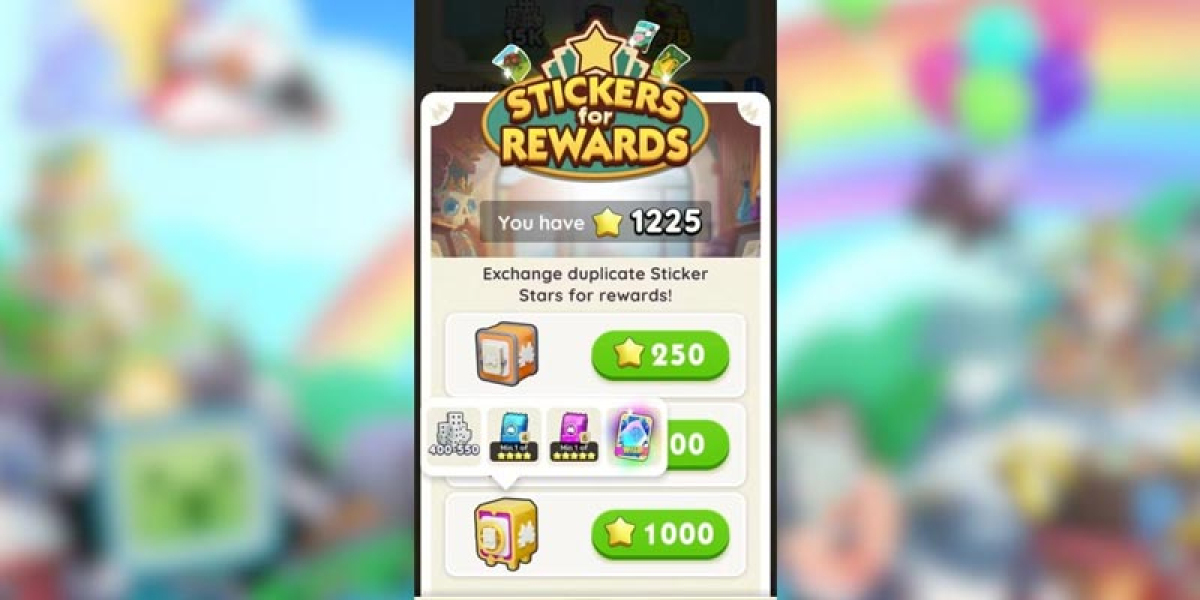In the competitive SaaS landscape, gaining a prospect's attention is only half the battle. The real challenge lies in earning their trust—enough trust for them to commit to your service, share sensitive data, and rely on your software to support critical operations. While product demos and testimonials play a role, one of the most overlooked yet powerful tools in this process is the SaaS contract proposal.
A professional and clearly written SaaS contract proposal is not just a legal formality. It is a reflection of how your business operates, communicates, and delivers value. The way your proposal is structured, worded, and presented can dramatically affect how clients perceive your credibility, reliability, and attention to detail.
In this blog, we’ll explore five key ways a well-crafted SaaS contract proposal can help you build client trust and close deals with confidence.
1. Clarity Shows Professionalism and Competence
One of the first things that sets a SaaS provider apart is clarity. A SaaS contract proposal that outlines deliverables, responsibilities, pricing, and timelines in simple, unambiguous language instantly communicates professionalism.
When clients receive a proposal that is free of jargon, legal confusion, or hidden clauses, it tells them your company values transparency. They feel more comfortable engaging with a provider who lays out expectations clearly—there’s no need to guess what’s included or what it will cost over time.
Key areas to highlight with clarity:
Software features and modules
Billing cycles and renewal terms
Onboarding timelines
Technical support structure
A well-organized SaaS contract proposal makes clients feel that they are dealing with a team that knows what it's doing and has nothing to hide.
2. Defined Scope Reduces Misunderstanding
Scope creep is one of the biggest risks in any SaaS relationship. Clients often assume certain services are included unless they are clearly excluded. This leads to frustration down the line and strains the relationship.
A well-written SaaS contract proposal helps prevent this by clearly defining what is and is not included in the agreement. This might include user limits, integration support, customization services, or data migration.
By setting these boundaries upfront, you demonstrate that you have experience managing projects and expectations. It also gives the client peace of mind knowing what they are paying for and what might incur additional costs.
Trust grows when there is less room for surprises.
3. Security and Compliance Build Confidence
In 2025, data privacy and compliance are top priorities for clients evaluating SaaS solutions. Including a dedicated section in your SaaS contract proposal that outlines your security policies, certifications, and regulatory compliance measures can immediately boost trust.
This section might cover:
Data encryption protocols
Server locations and backup strategies
SOC 2, ISO 27001, GDPR, or HIPAA compliance
Incident response plans
User access controls
When prospects see that you’ve taken security seriously—and can explain it clearly—they are more likely to trust your ability to protect their data. It removes a major objection and accelerates the path to closing the deal.
4. Detailed SLAs Show Reliability and Accountability
A service level agreement, or SLA, included within the SaaS contract proposal outlines the performance standards your company commits to. This includes system uptime, support response times, and service resolution timelines.
Including an SLA shows that you’re confident in your technology and service. More importantly, it demonstrates accountability.
Clients appreciate when a vendor puts promises in writing. It makes them feel secure knowing that if things go wrong, there’s a structured response process and compensation mechanism in place.
Here are a few SLA metrics that instill confidence:
99.9 percent uptime guarantees
Response within 2 hours for critical issues
Dedicated account manager for enterprise clients
Regular system updates and patching schedule
Well-documented SLAs build trust because they provide a safety net for the client, reassuring them that you take performance seriously.
5. Clear Terms of Termination Reduce Risk Anxiety
Clients are often hesitant to sign contracts that feel like traps. If the SaaS contract proposal does not clearly outline the terms of termination, it can raise red flags. Clients want to know how they can exit the relationship if things do not go as planned.
Including straightforward cancellation clauses, exit procedures, and data handover policies shows that you’re not trying to lock them in unfairly. You are confident that your service will continue to deliver value.
Key termination terms to include:
Notice period for non-renewal
Refund eligibility for early termination
Data export process and timeline
Post-termination access policies
When clients see that they can leave the relationship smoothly and on good terms, they are more likely to enter into it in the first place. It is a subtle but powerful way to build long-term trust.
Final Thoughts
A SaaS contract proposal is more than a tool for closing deals—it is a strategic document that speaks volumes about your brand, your service, and your integrity. In an age where customer trust is the ultimate currency, how you present your proposal matters as much as what’s inside it.
By focusing on clarity, scope, security, performance, and fair terms, you show your prospects that your company is built on transparency, reliability, and respect for their needs. This builds the kind of trust that not only closes deals but fosters lasting client relationships.
If your SaaS contract proposal is currently an afterthought, it is time to change that. Invest in writing it well, keep it updated, and tailor it for each client. You will be surprised how much faster your sales cycle moves—and how many more deals you win.
Read more: https://social.updum.com/read-blog/24462








